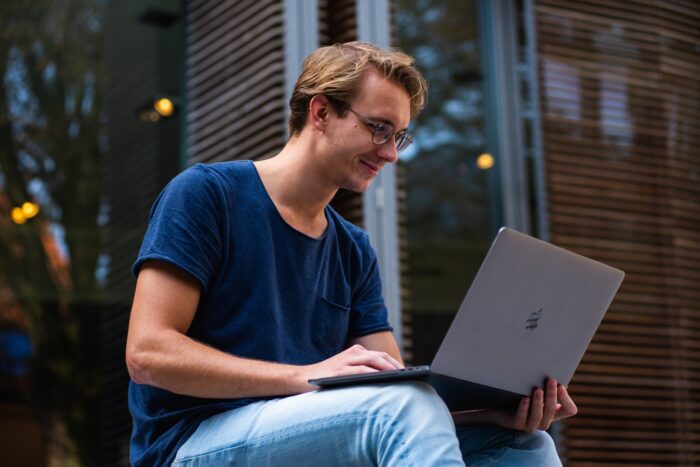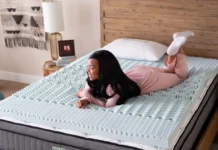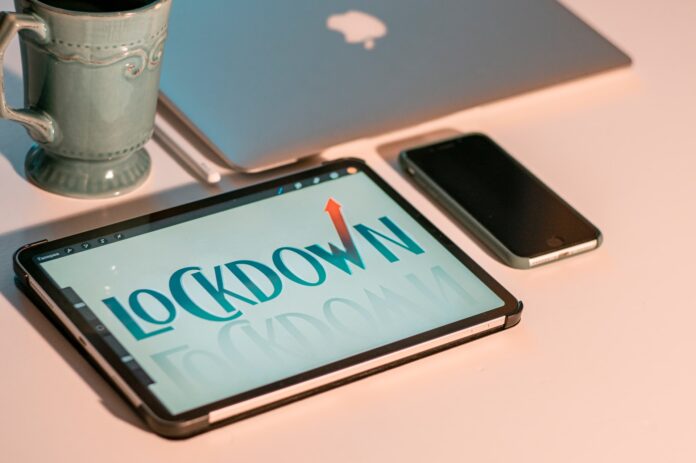
In April, Apple and Google announced a collaboration on ExposureNotification technology, which will track the contacts of COVID-19 patients using Bluetooth. The new Exposure Notification Express system will allow healthcare authorities to send infection risk notifications without developing their own applications. The updated system can help reduce coronavirus infection by 15%. Programs will track if two people are close to each other for a long time. If one of them is later diagnosed with a coronavirus, another will be sent a warning and offered to isolate themselves and take a virus test.
So, visit https://litslink.com/blog/covid-19-tracing-app-how-do-they-work-in-different-countries to learn more about existing and evolving software that can save us from the novel coronavirus and figure out how it works and what information it requires from a user. According to WHO, technology is crucial to rapidly identify cases and their contacts and prevent resurgence.
Let’s have a look at how the technology will work and what impact it may have on the spread of the COVID-19.
How ExposureNotification Technology will Work
The plans of Google and Apple to create technology to track people who have come into contact with COVID-19 patients became known on April 10. This is the first large-scale collaboration between two competing companies, which emphasized that there has never been a more important moment to work together to solve one of the most pressing problems in the world.
The technology, as conceived by the companies, will work as follows: nearby mobile devices with iOS and Android communicate with each other via short-range Bluetooth with special “beacons” that include identifiers. The devices transmit their “beacon” to the surrounding devices and also record the “beacons” of all gadgets nearby. At least once a day, a smartphone or tablet will download information about “beacons” of devices whose owners have received a positive test for COVID-19 from the server, and check it against their list of “beacons”. If a match is found, the user will receive a notification that he has been in contact with a new coronavirus patient, as well as advice on how to proceed.
The companies said the tracking system would be deployed in two phases. Apple and Google will first provide the tools to embed the technology into official mobile apps for healthcare organizations in different countries, then bring it directly into Android and iOS operating systems so that users don’t have to download separate apps.
The use of the API for contact tracing of people infected with the novel coronavirus will be limited to one application per country to ensure high uptake and download rates and avoid fragmentation.
The companies provided developers creating mobile apps for healthcare organizations with new tools: user interfaces and code samples for embedding COVID-19 contact tracing technology into mobile apps for iOS and Android. In addition, the companies have released data usage guidelines that developers must follow when distributing their apps.
According to these documents, mobile applications with a patient contact tracing system can only be created by the state health authority of a particular country and must request user consent for their work. In particular, to transfer the identifiers of your device to the local Ministry of Health to send a notification of a positive test for COVID-19 to those who came into contact with the sick person. In addition, applications must collect the minimum amount of data required and only use this data to counter the spread of COVID-19. Any other use of user data, including targeting advertisements, is prohibited, according to Apple and Google documents.
Privacy
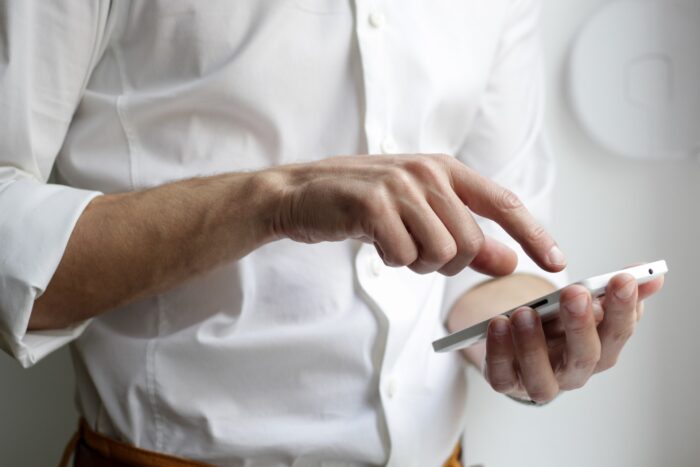
The companies emphasize that the privacy of user data will be a key principle of the new technology. Individuals who receive a contact notification will not be identified. In addition, medical applications using this function, according to the rules of both companies, are prohibited from requesting permission to access geolocation. They must not record the user’s location, but only collect “beacons” from the mobile devices around the user. At the same time, device identifiers that will be “wired” into these “beacons” will be generated from a random set of numbers and change every 10-20 minutes for security purposes, and will also be tied only to the device itself, and not to the identity of its owner. emphasize in both companies.
When Apple and Google implement COVID-19 contact tracing directly into their mobile OS, users will need to enable it in settings themselves. Finally, there is no centralized storage of data within this system, and all information will be stored only on users’ devices.
Is it Possible to do without Digital Surveillance?
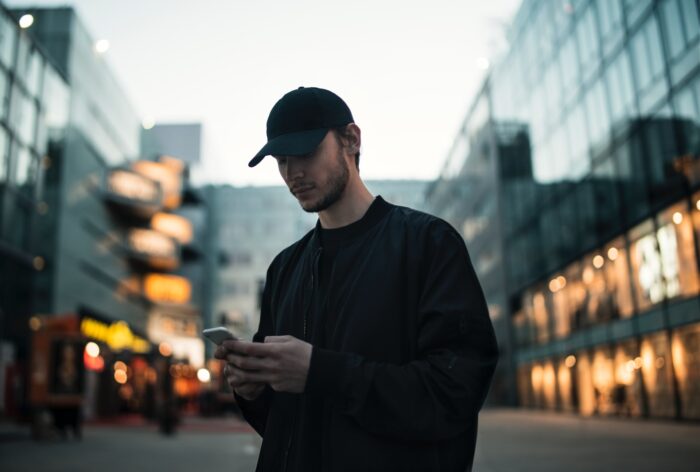
In many countries, the first wave of the epidemic of the new coronavirus ended, and therefore the authorities gradually removed restrictions on the movement of citizens and allowing businesses to operate. However, a hasty return to normal life has already brought the second wave of the epidemic closer since no large population has become the owner of group immunity to the new coronavirus. To achieve group immunity, we need 60-70 percent of the population to have antibodies to the virus. The test results show that in Europe and the United States, the number of owners of antibodies to COVID-19 is several percent.
The new coronavirus is mainly transmitted from people who have recently contracted themselves and are not yet symptomatic. Therefore, identifying all those infected is a complex organizational task. In that case, digital contact tracing can just play a decisive role in removing countries from quarantine and preventing the re-introduction of restrictive measures.
One of the most successful examples of using an app with these features is in China. Citizens without an installed smartphone application could not use public transport and various services in many cities and provinces, including the city of Wuhan. In addition, services were also denied to those to whom the application sent “red” and “yellow” codes indicating a recent contact with an infected COVID-19 or a person who is only suspected of having a disease. South Korea has also achieved sustained suppression of the epidemic with its mandatory quarantine tracking mobile phone app.
So, the virus is spreading too quickly to be contained by “manual” contact tracing. But its spread can be controlled if the contact tracing process is faster, more efficient and wider. If enough people use the app that notifies them of contact with an infected COVID-19, it could help gain control over the pandemic. The mobile app benefits both society and individuals by reducing the number of cases while enabling people to live in a safe and informed environment.

